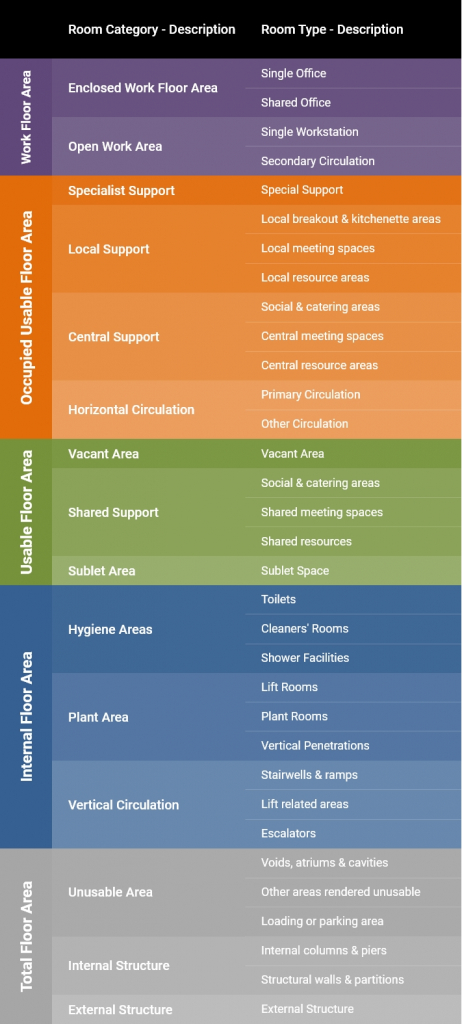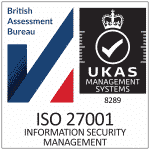For several key reasons, organizations need to achieve consistency – communicating identity, achieving efficiency and cost-effectiveness. Within Corporate Real Estate (CRES), you can employ several frameworks to achieve consistency across a property portfolio, including building measurement standards.
Not having, or inconsistent application of, building measurement standards (also known as space standards) makes it difficult for CRES Teams to compare and operate space accurately. For example, research by global property firm JLL shows that a property’s floor area can deviate by as much as 24%!
A quarter of an organization’s property data not being accurate will impact cost and planning tremendously. Furthermore, without space standards, you will struggle to understand the actual space available, affecting the user’s experience if they have too little or too much space. Efficiency, comfort and safety are critical goals for all CRES Teams that building measurement standards will help achieve.
What are Building Measurement standards?
Building measurement standards provide the rules required for CRES Teams to achieve consistency in their space definitions. Organizations can create their own standards or adopt conventional ones like BOMA, RICS or IFMA. More often than not, organizations typically start with an industry standard and then tweak it to match their needs. However, whether adopted or developed internally doesn’t matter. The key to success is the strict application and adherence throughout your portfolio.
When not applied consistently, space standards and property definitions vary dramatically. For example, it is typical to include common space in floor area measurements in some parts of the world. However, in other areas, off-site parking might be included. Therefore, consistently applying standards removes this issue, providing a clear set of rules for CRES Teams to follow.
Building measurement standards bring transparency by delivering a common and practical standard that allows stakeholders to set performance targets measured using the same methodology.

Why incorporate Building Measurement Standards?
1. Improve Data Quality
Without formal standards, teams will evolve their processes and measurements separately. In addition, differing standards will be inconsistent, leading to an apples and oranges comparison.
Thus, poorly managed space standards and processes will lead to weak and inaccurate data. Furthermore, consistency in applying standards will reduce that 24% deviation in the floor area!
However, if necessary, organizations can set aside global standards favouring regional differences. But, this variance needs to be escalated and tracked by following the correct protocol.
For instance, the average workstation in the US is 75-95 square feet. However, in Asia, the average is 60-70 square feet. Therefore, applying the US average in Asia will lead to excesses in space.
Additionally, the excess space may negatively impact the local employee experience because they are used to smaller workstations. In general, consistently applied space standards will drive operational and strategic cost savings.
2. Improve Space Efficiency
The second phase to successfully incorporate building measurement standards is to track and benchmark performance with a framework.
With consistently applied space standards, CRES Teams will be able to identify too-little or too-much space across a floor or building
3. Improve Team Efficiency
Improving data integrity through standardization enhances a team’s efficiency. Well defined space standards take the guesswork away from groups. Standards are straightforward and quickly referenceable, meaning CRES Teams will easily adhere to them.
4. Improve Decision Making
Suppose space standards and processes are unclear or are applied inconsistently. In that case, portfolio snapshots will be inaccurate, leading to poorer decision making. Therefore, it is essential to define basic data elements and apply those definitions consistently clearly.
Summary
Data helps make better and more informed decisions. But only when you trust the data.
Consistently applying building measurement standards is fundamental to data integrity and a pillar to effective space planning, allowing the necessary hallmarks through the built environment and in data.
Space standards are the common building blocks of a CRES property portfolio – literally and figuratively!
To find out where space standards sit in your wider strategy, check out our space management strategy guide!






